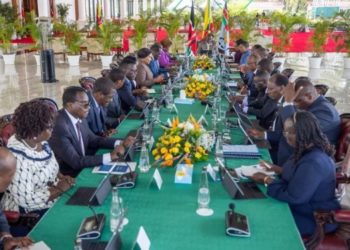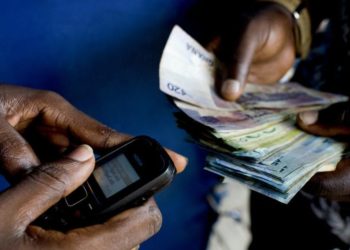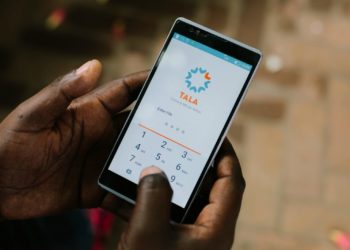The mobile money sector in Kenya has experienced significant growth, constituting 98% of all digital transactions within the country. Safaricom, a key player in the Kenyan market, dominates with its M-Pesa platform, facilitating over 90% of mobile money transactions.
Recent data from Safaricom reveals that M-Pesa boasts more than 30 million users, overseeing transactions totaling Kshs 35.86 trillion. This highlights the platform’s substantial impact on the financial landscape. A comprehensive assessment of mobile money costs in Kenya necessitates a focus on transaction expenses and lending within the platform.
Transaction costs are influenced by factors such as transaction volume, market competition, and regulatory frameworks. Safaricom, as a frontrunner in payment services, experiences minimal pricing impact from competition.
The Finance Act 2023 marked a notable regulatory change, increasing excise duty on Telcos’ money transfer services from 12% to 15%. Consequently, M-Pesa adjusted its transaction charges, slightly raising fees for money transfers and service payments by up to 2.7%.
Another regulatory development was the Central Bank of Kenya’s announcement, reintroducing charges on mobile money and bank transactions previously eliminated during the pandemic.
This reintroduction led to fees for transfers between bank and M-Pesa reaching up to Kshs. 90 for amounts between Kshs. 20,000 and Kshs. 150,000. In comparison, Airtel Kenya charges no transaction fees for in-network money transfers and offers rates up to 10% lower than Safaricom for cross-network money transfers.
To foster Kenya’s mobile money market, efforts have been directed towards enhancing financial inclusion and credit access. Various initiatives, including mobile banking lenders like M-Shwari and Mco-op Cash, and digital overdraft facilities like Fuliza, as well as fintech lenders like Branch and Tala, aim to encourage savings and provide accessible loans.
However, concerns arise regarding the associated costs. For instance, M-Shwari charges 108% per annum, KCB-Mpesa charges 90% per annum, and Fuliza imposes a daily interest rate of 1% on overdrafts.
Despite improved credit accessibility, concerns have been raised about the high costs associated with borrowing through digital fintech applications. According to a FinAccess survey conducted last year, the average interest rate on 30-day digital loans ranged from 20-30% per month, depending on borrowers’ risk profiles.
This underscores the considerable financial burden faced by Kenyans, particularly in terms of loan interest within the mobile money sector. Consequently, the challenge lies not only in the numerical aspects but also in achieving a balance of innovation, accessibility, and affordability in the mobile money market.


















